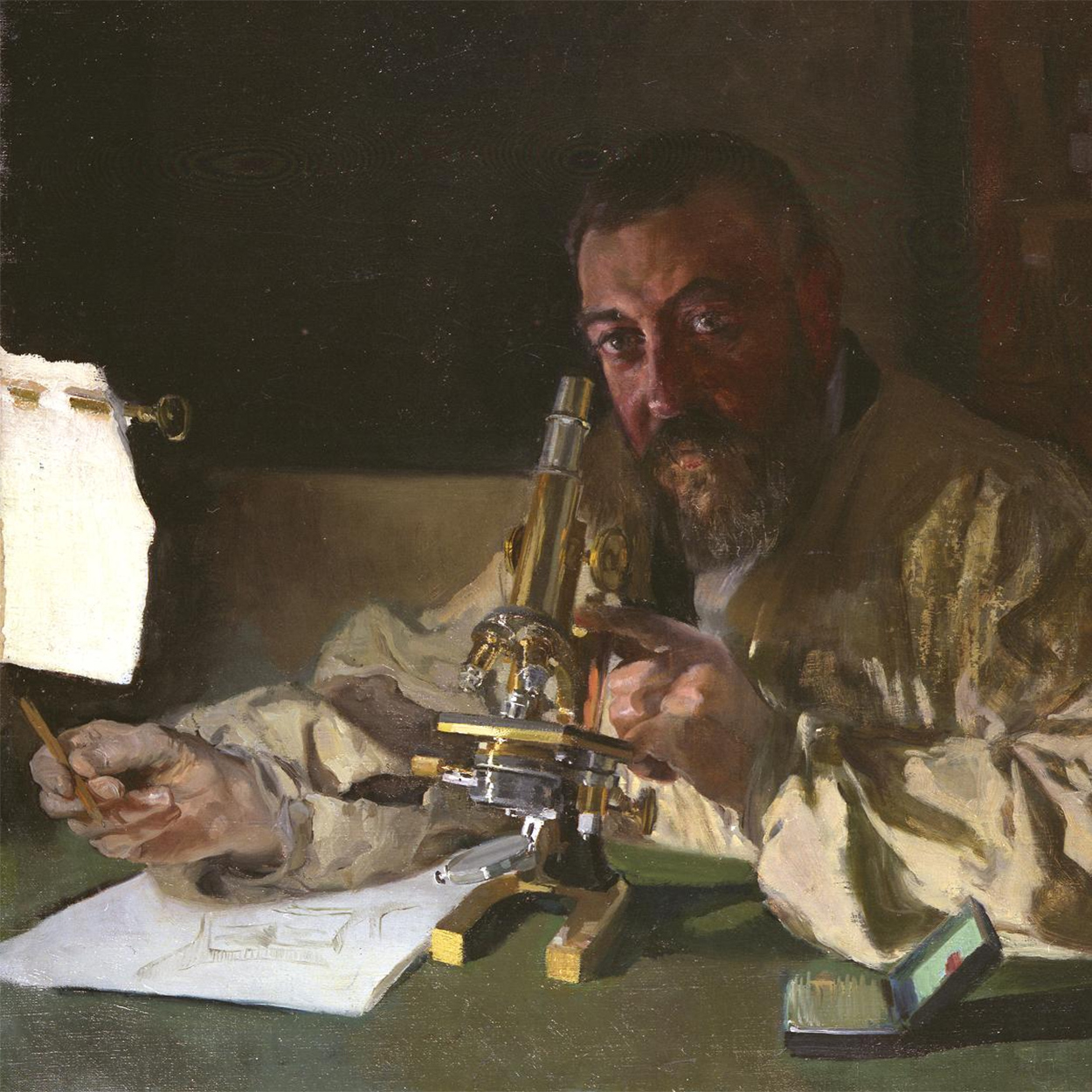“No one really knows what sex they are unless they have testing done.” I remember how bewildered I felt years ago when I heard a fellow therapist say this—especially when she then informed another therapist, a father, that he too might be female since he had never been tested. Clearly, this father was male, just as I myself am female. But at the time, I hadn’t yet thought carefully about sex differences and couldn’t put into words why this was so.
I was somewhat familiar with disorders or differences in sex development, often called intersex conditions. But did these conditions invalidate the assertion that there are only two sexes, as this therapist and many others have claimed? Did they illustrate that sex is far more complicated than most people have believed across cultures and throughout the centuries? Is sex really a social construct that can be altered at will? How could I explain a basic concept that most of us have intuitively understood for as long as we can remember? Biological sex is defined by reproductive roles.
“Over time, people have looked at genitalia, they’ve looked at chromosomes, they look for a specific gene, they’ve looked at testosterone. And what we end up with is the understanding that there’s really no clear-cut definition of sex, because each of these iterations of testing has kind of collapsed under its own weight,” said Jaime Schultz, a professor with Penn State University’s Department of Kinesiology….
“It becomes tricky, because we were so locked into this binary, of either being a man or a woman, that we don’t often appreciate all the nuances within this continuum of sex and gender,” Schultz said.
Amid such confusing, conflicting messages about biological sex, what does science actually tell us?
Reproductive Roles
The human body is indeed extraordinarily complex. However, the definition of biological sex is not. Biological sex is defined by reproductive roles. A female is someone whose body is organized to produce large gametes; a male is someone whose body is organized to produce small gametes. There are only two gamete types, eggs (ova) and sperm; therefore, only two reproductive roles and only two sexes. People may have a variety of sex characteristics—some men may have breast development, some women may have facial hair, and so on—but these varieties exist within the two categories of male and female. No one human body is equally organized to produce both eggs and sperm, even if they have some characteristics associated with the opposite sex.
The genetics and developmental pathways that determine sex may be complicated, just as almost all human systems are. However, the definition and purpose of biological sex are simple, and almost all humans fit neatly into one of the two sex categories. A person’s sex cannot be changed, regardless of surgical procedures and hormone treatments. In other words, the reproductive pathway cannot be shifted in the direction of the other sex.
Disorders of Sexual Development
In rare cases, some individuals have certain disorders of sex development, or DSDs, that make it difficult to determine which sex they are. These conditions have received increased media attention recently because some have suggested that Khelif and Yu-ting, the Olympic boxers, have DSDs. But only .018% of the population are born with an ambiguous sex. These conditions are medical anomalies that do not invalidate the sex binary—just as people born with one or no legs do not invalidate the fact that humans are a two-legged species.
Further, most people with DSDs are still clearly male or female because their bodies are organized to perform one of the two reproductive roles—whether or not they are able to do so successfully. In fact, many DSDs are sex-specific; that is, certain DSDs happen only to females, and others happen only to males. Put another way, DSDs are disruptions to either a male or female developmental pathway, not evidence for separate pathways. For example, individuals with Turner syndrome are female despite having one missing or altered X chromosome instead of XX chromosomes. Individuals with Klinefelter syndrome are male despite having XXY chromosomes instead of XY.
Let’s look more closely at two rare conditions: 5-alpha reductase deficiency, or 5-ARD, and Swyer syndrome. People born with 5-ARD—the condition that former Olympic runner Caster Semenya has—are born with XY chromosomes and have internal testes. Their bodies lack the ability to convert testosterone to DHT, a hormone that directs the development of male genitalia, and therefore, they often appear female or ambiguous at birth. They are usually deemed female as babies and are raised accordingly. During puberty, their testes release high levels of testosterone, which leads them to develop along a male pathway–with all the advantages in heart and lung capacity and musculoskeletal strength that this confers. Because their bodies are organized to produce small gametes, they are male.
Swyer syndrome leads individuals with XY chromosomes to be born with female genitalia; they appear female throughout their lives. They do not have functional ovaries or testes and, therefore, do not produce ova, sperm, or sex hormones. As most have uteruses, some individuals with Swyer have been able to gestate through assisted reproduction involving donated fertilized eggs. Because their bodies are organized to produce eggs, even though they are functionally unable to do so, individuals with this disorder are female.
DSDs are real and complicated medical anomalies in sexual development. However, 99.98% of the population are clearly male or female, with XY or XX chromosomes that align with their sex and with anatomy that develops accordingly.
People have appropriated individuals with DSDs to support the idea that sex is not binary and is complicated for everyone. They claim that since sex isn’t binary, various and multiplying gender identities reflect that underlying biological complexity. But these are two different concepts. DSDs are observable, objective medical conditions, while gender identities are based on feelings that may be strong but are subjective and have no discernible biological cause. Most people with DSDs do not identify as transgender, and most trans-identifying people do not have DSDs. And if a trans-identifying person has ever conceived, gestated, or fathered a child, we know, without a doubt, what his or her biological sex is.
Biological Sex Matters
Why is an accurate understanding of biological sex so crucial? Blurring the meaning of biological sex has many ramifications.
Physical and emotional safety. In general, males have significantly more physical strength than women do; this is even true for males before puberty. This physical difference is an important reason women and men need separate categories and spaces in some contexts. Males who compete against females in many sports may put females at risk of grave injury, in addition to taking opportunities away from females. DSDs are real and complicated medical anomalies in sexual development.
Both physical and emotional safety need to be protected, particularly when girls and women are in vulnerable situations such as sleeping or in states of undress. A 12-year-old girl who has just started menstruating will not feel comfortable addressing that while a male, who will never have that experience, is in the next bathroom stall. Similarly, many women will not feel safe in changing rooms with males, particularly if they have experienced sexual assault in the past.
Health care. Clearly, understanding sex differences has implications for health care. Because males and females have different bodies, they have different needs. They metabolize certain drugs differently, may have different dietary needs, and are at different risks for some medical conditions.
Further, individuals who take opposite-sex hormones face risks to their health. For males, these risks include cerebrovascular disease (such as stroke) and decreased bone density. For females, risks include vaginal atrophy and possibly type 2 diabetes. Both males and females are at risk of infertility and cardiovascular events. Their bodies are not made for the hormone levels they are taking.
Family formation and reproduction. Knowing what it means to be male or female affects our understanding of families and relationships. The union of a male and a female—whether naturally or through reproductive technology—is required for the conception of every human being on the planet. Indeed, males and females form the foundation for families, the basic unit of society. Male and female differentiation is required for civilization to continue.
Finally, at the most fundamental level, understanding biological sex keeps us grounded in reality. This is particularly true for children. Increasingly, children and young people are taught ideas that come from queer theory, which posits that norms should be dismantled, categories such as “male” and “female” are oppressive, and feelings are more important than material reality. They are told that truth is relative; there is “my truth” and “your truth” rather than “the truth.” All of this can be confusing and destabilizing for impressionable young people.
Biological sex is real; it is not subjective, and its purpose is connected to our role as parents—whether we live those roles now or in the future. Disorders of sex development do not disprove the sex binary, nor do transgender identities. We should respond with compassion and sensitivity to those who experience challenges in these areas, recognizing that adults have the right to make choices for their lives. But sex exists regardless of whether it is recognized as such. If we reject reality, “we become hostages to chaos,” as evolutionary biologist Colin Wright has said. To engage productively with the world as it is and to preserve our own emotional health as well as the stability of society in general, we must be able to clearly discern what is real—including the reality of biological sex.

















